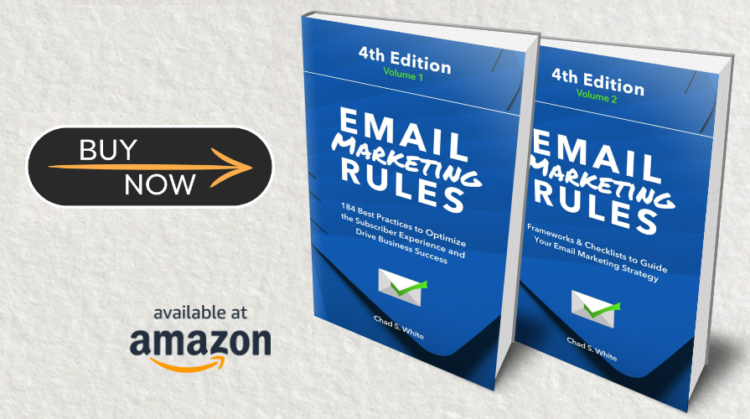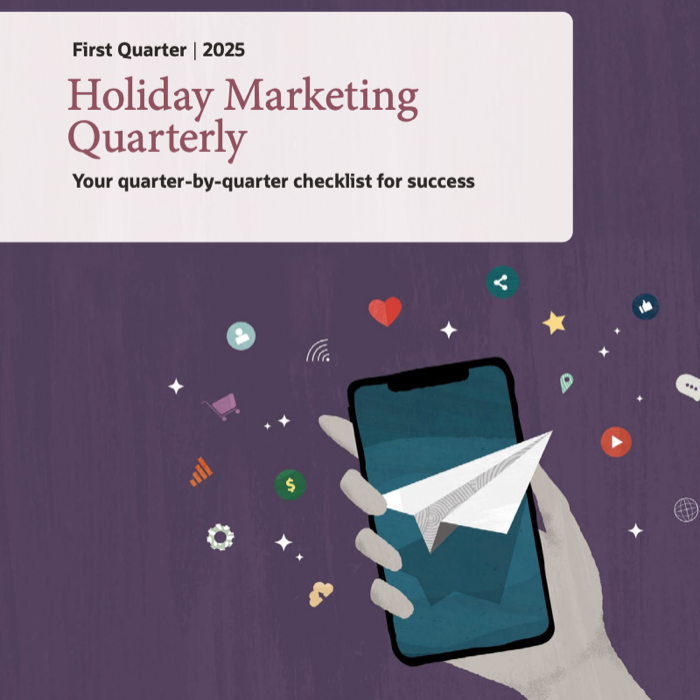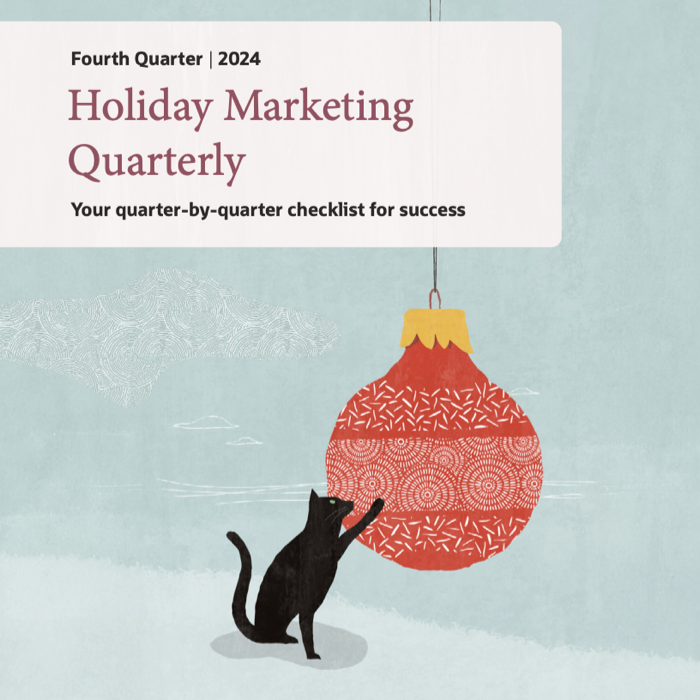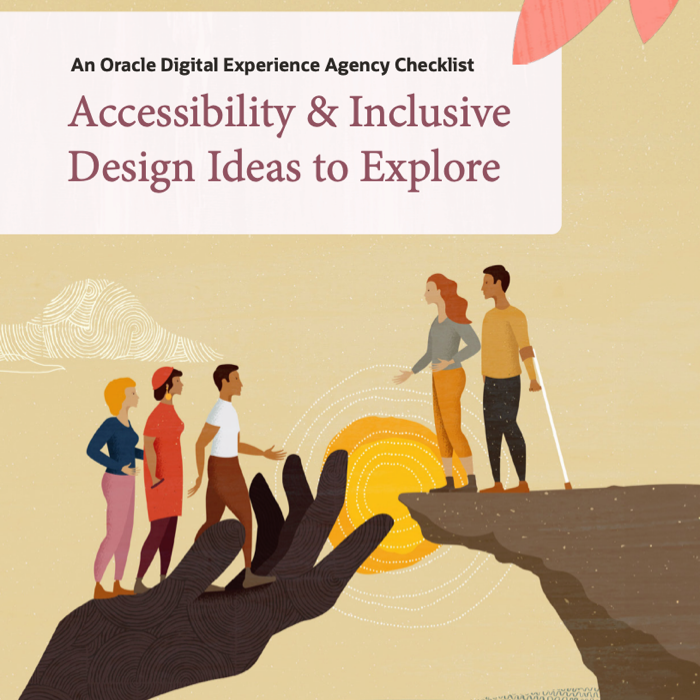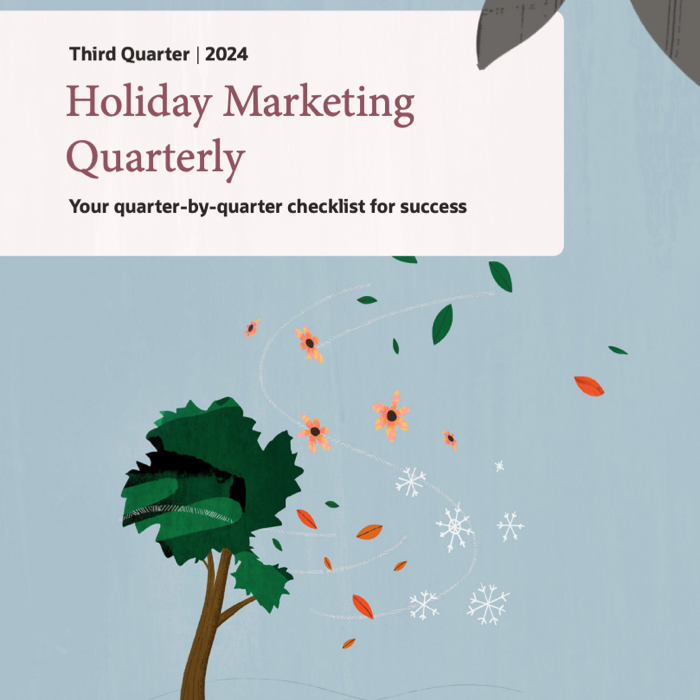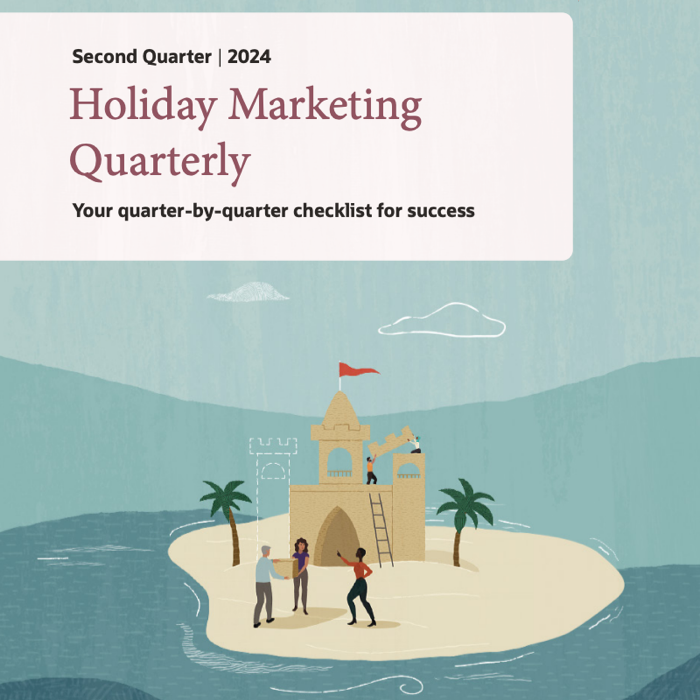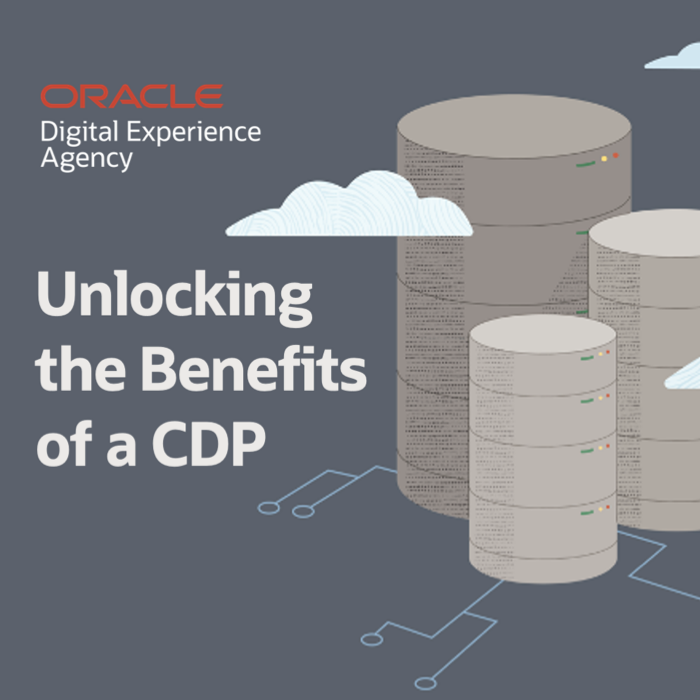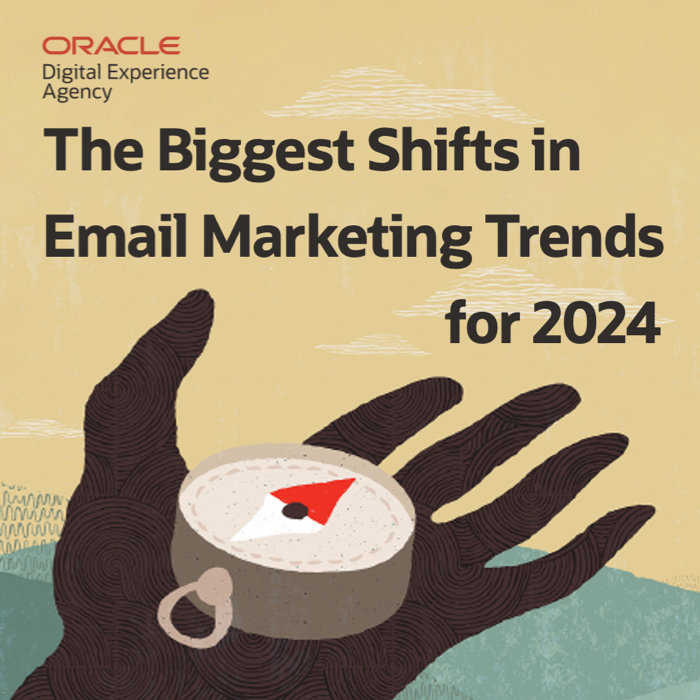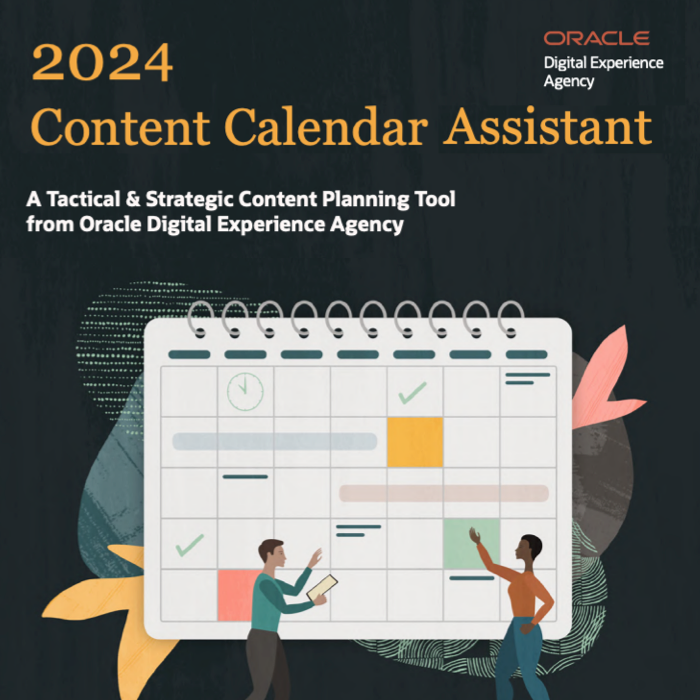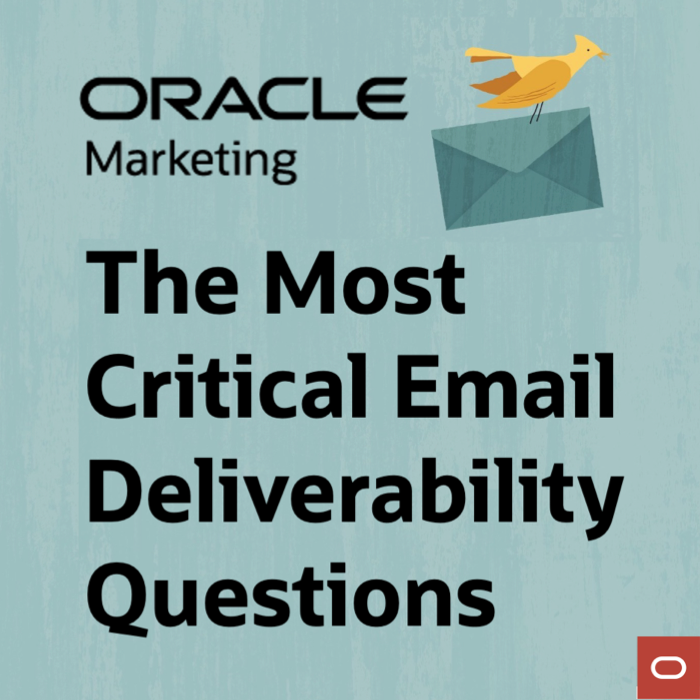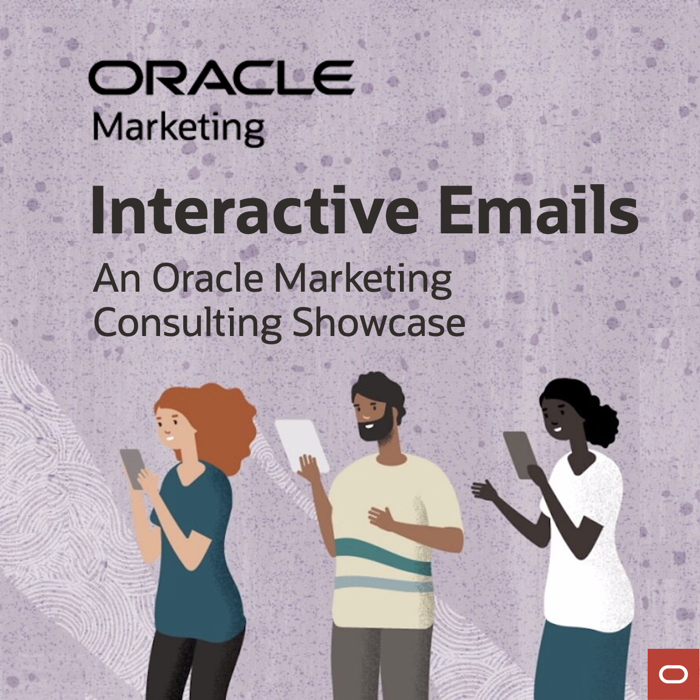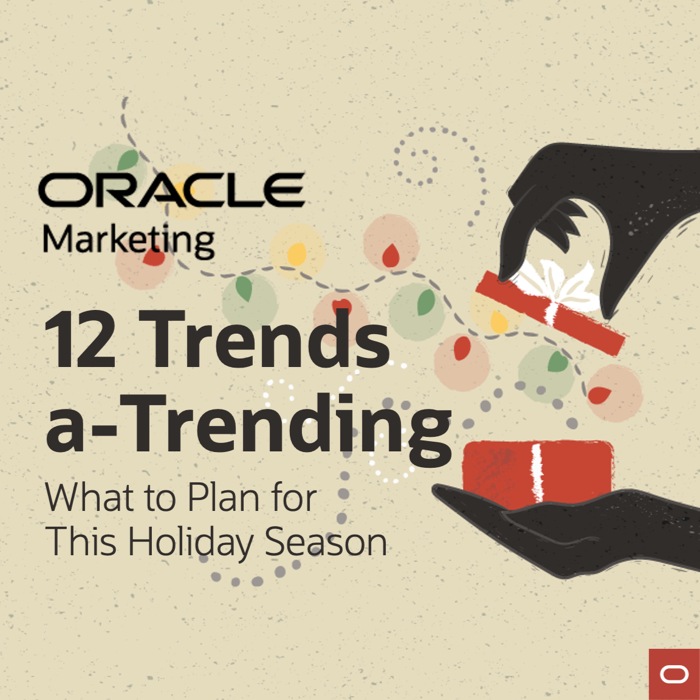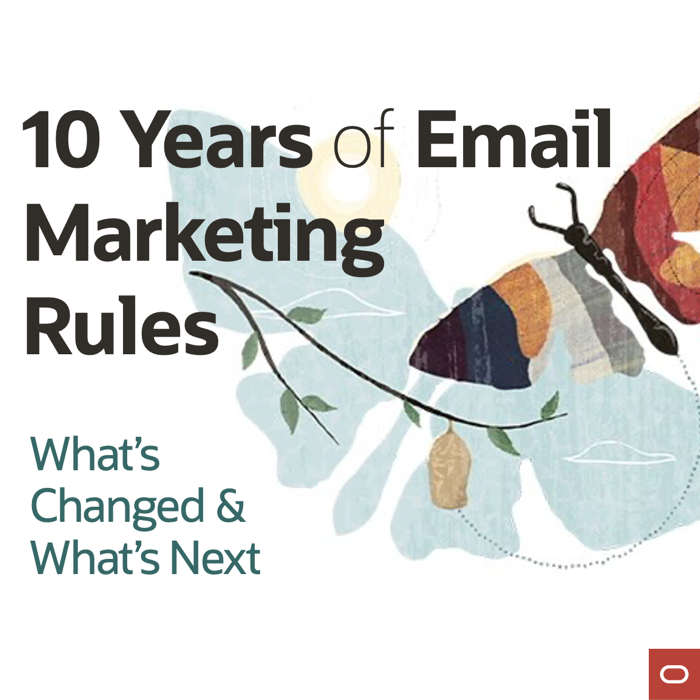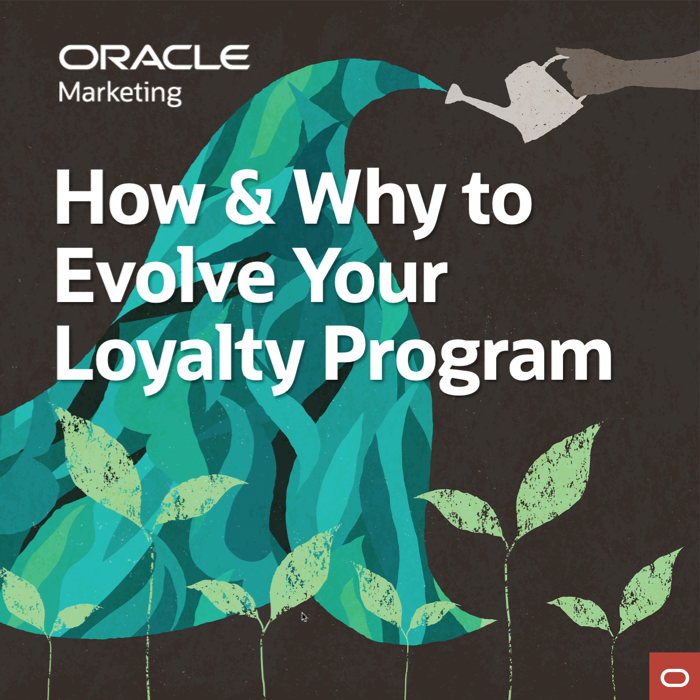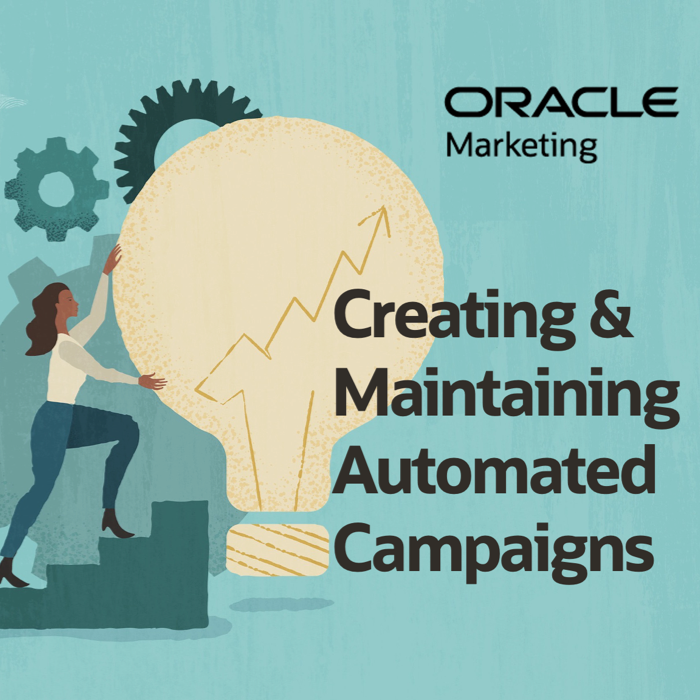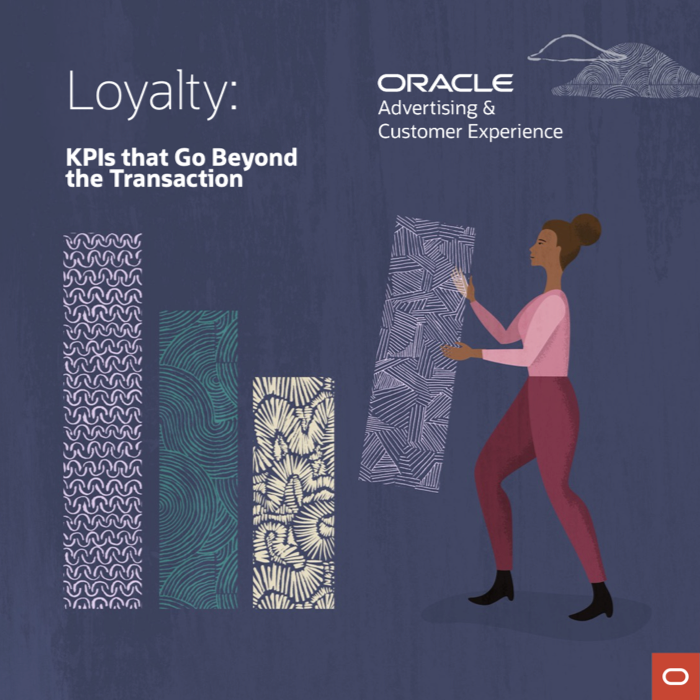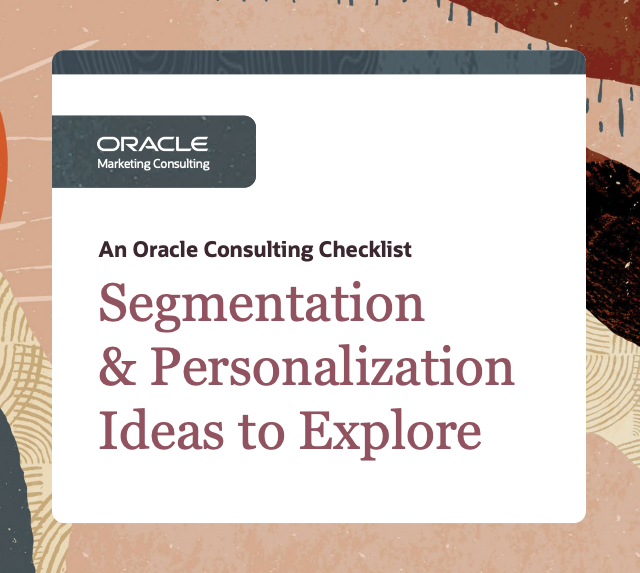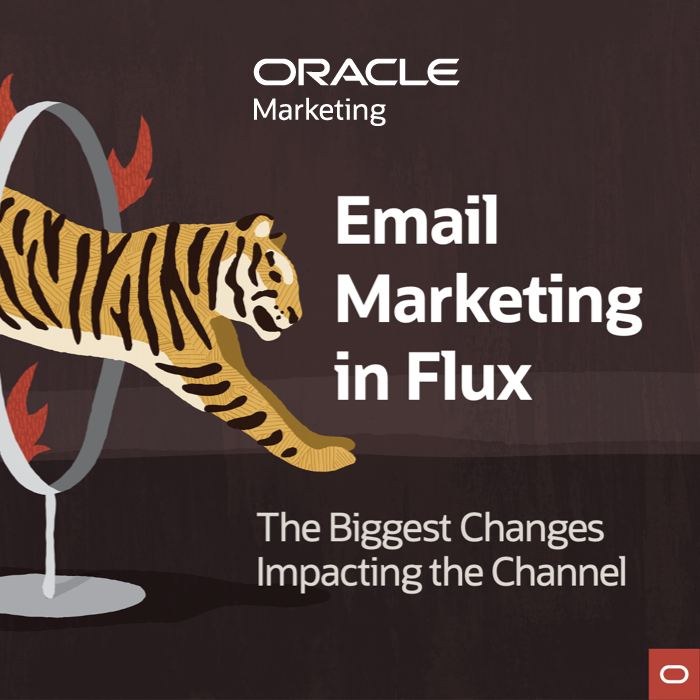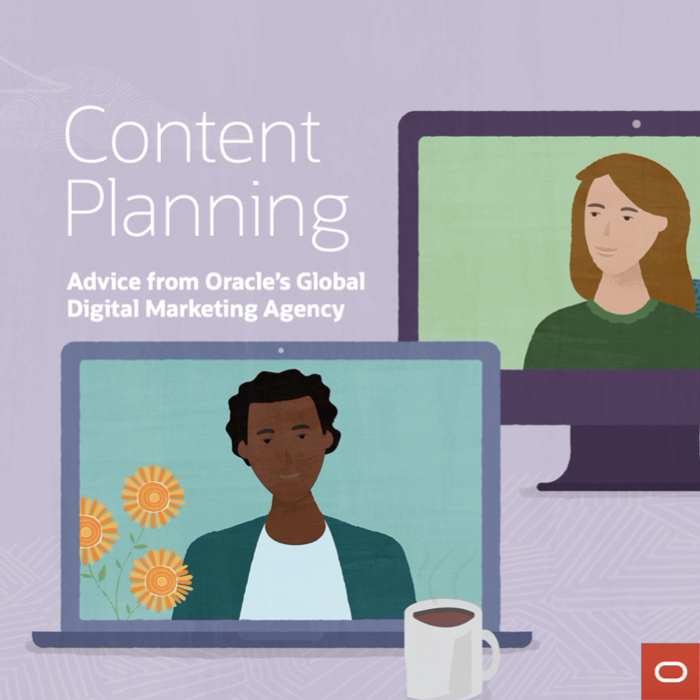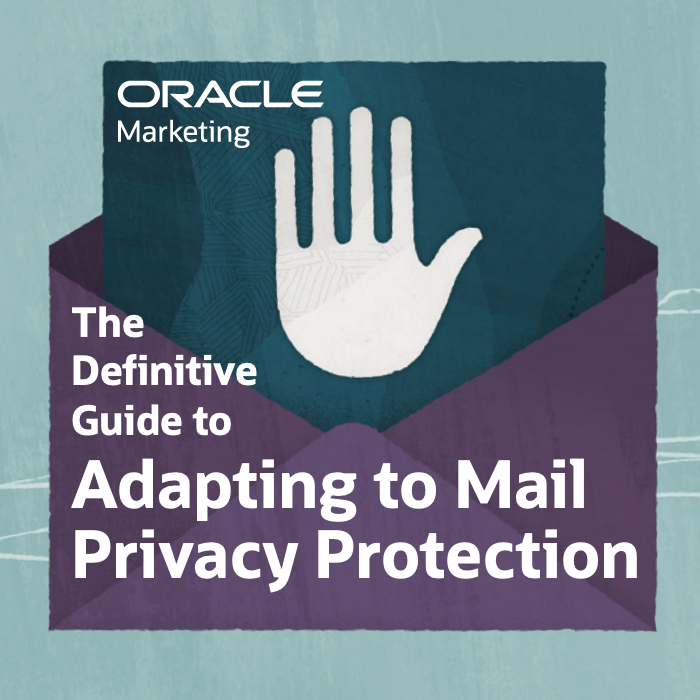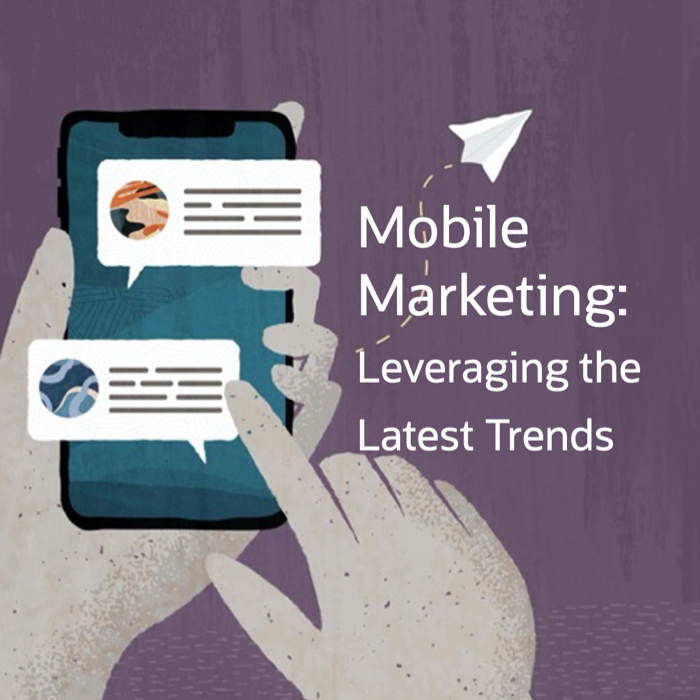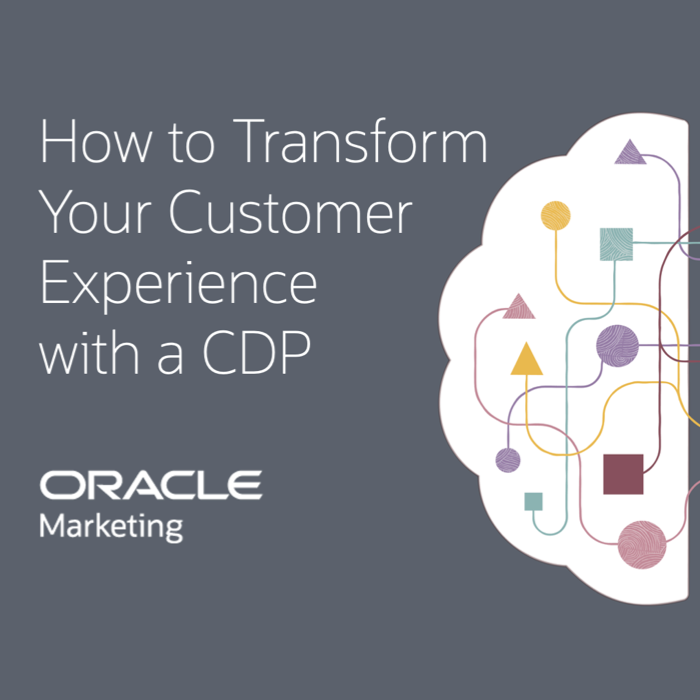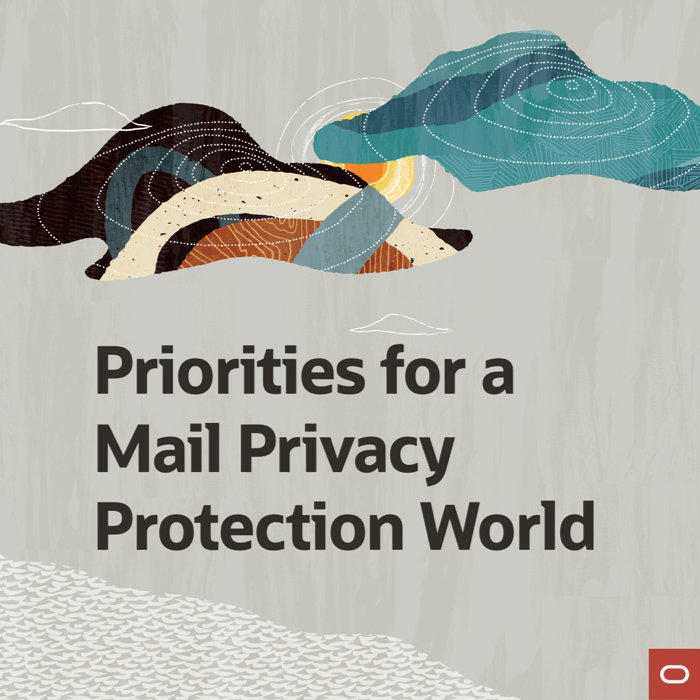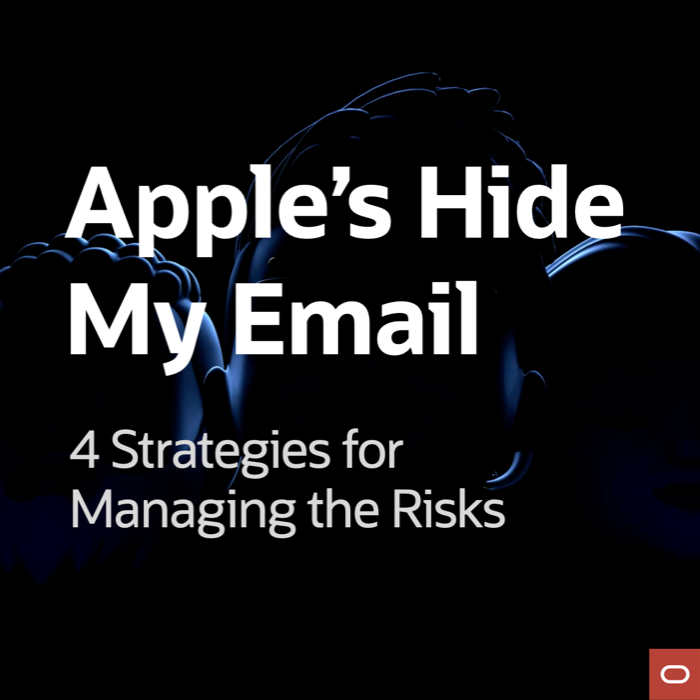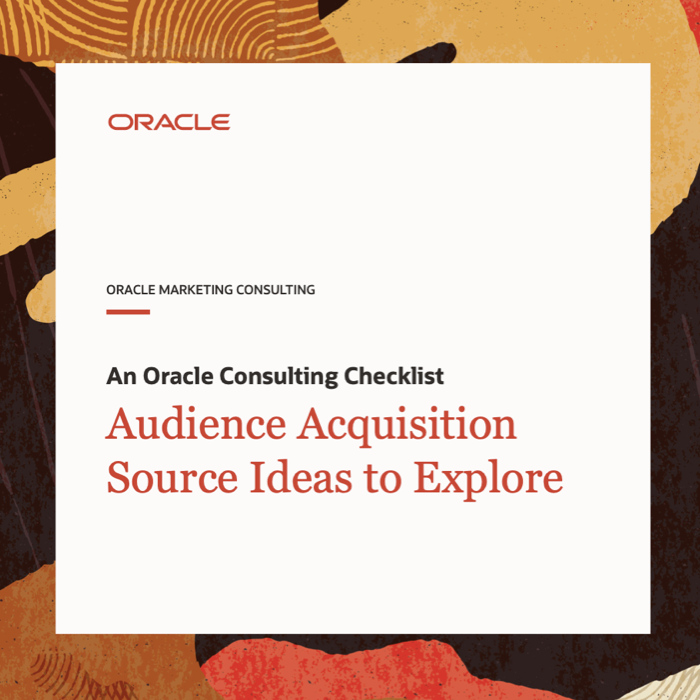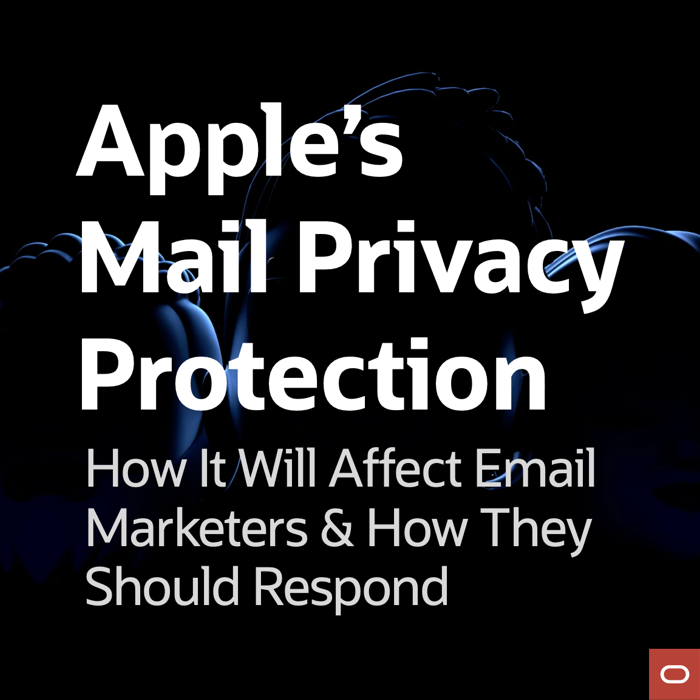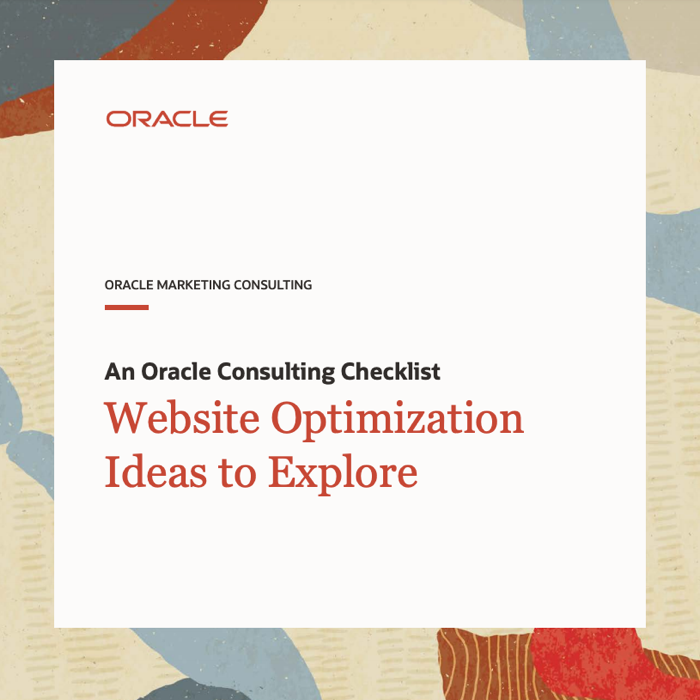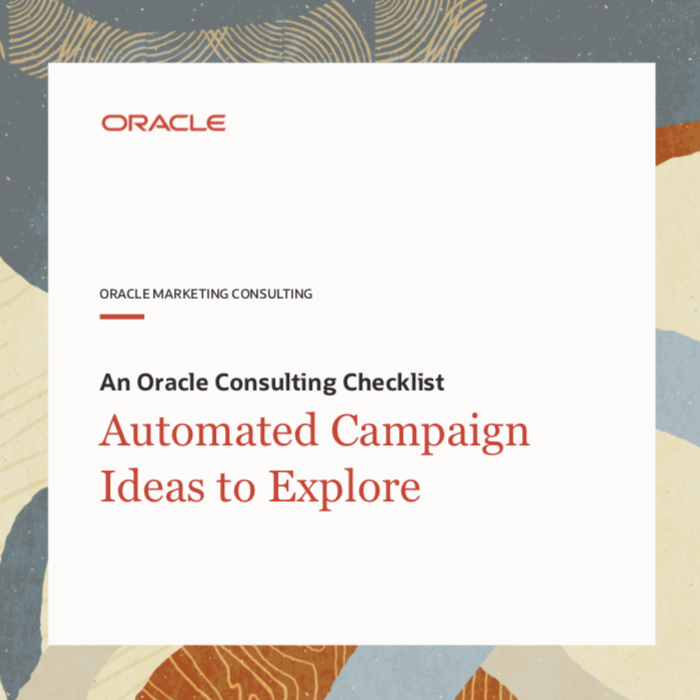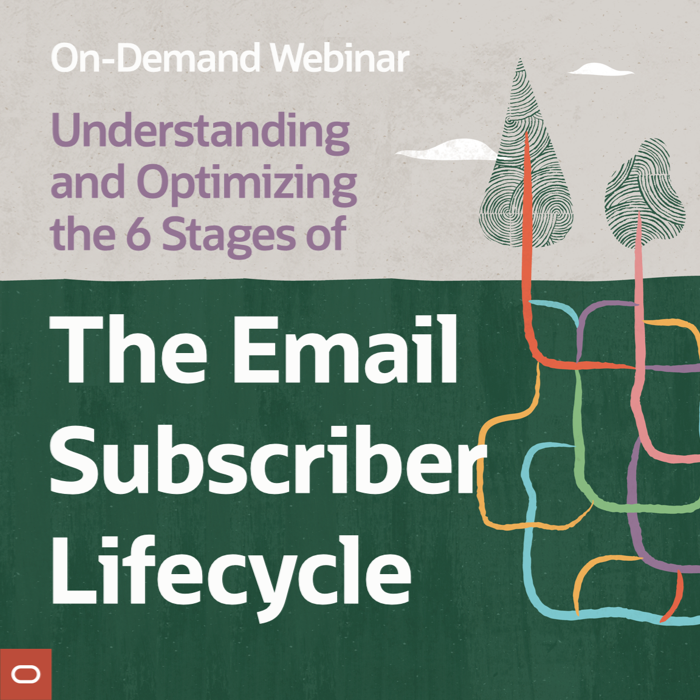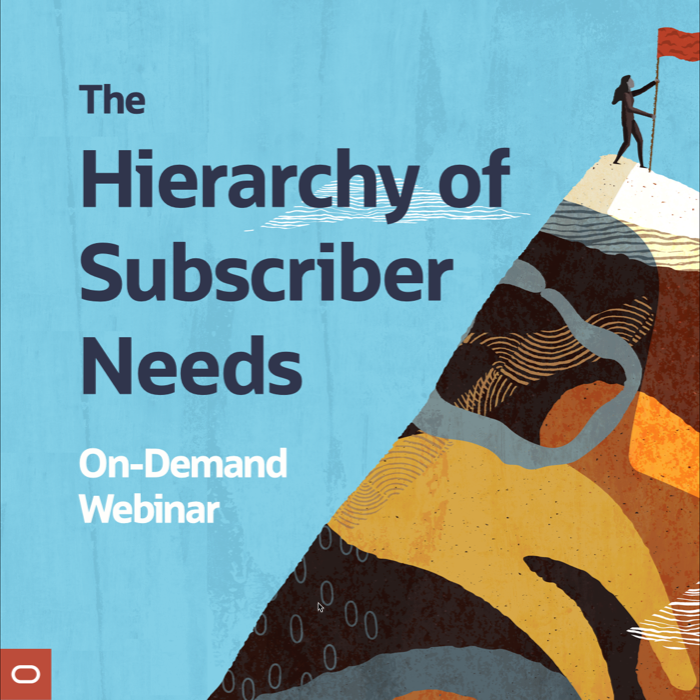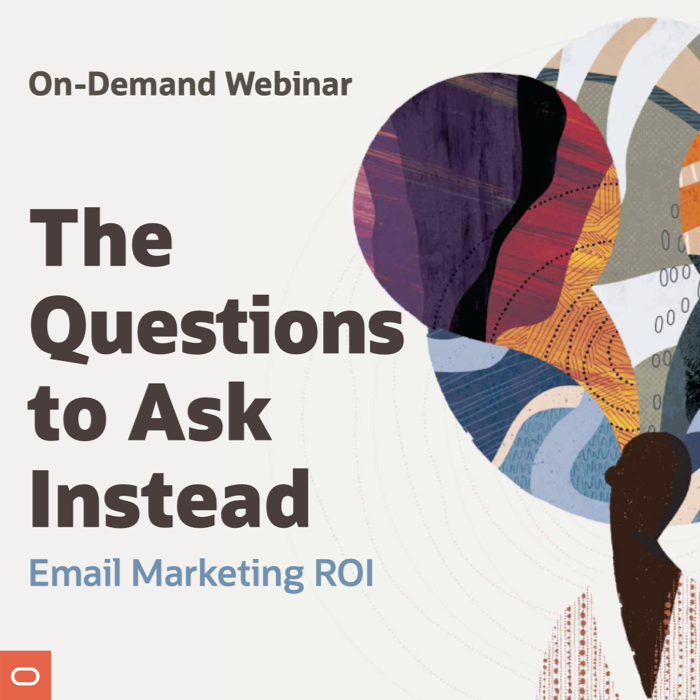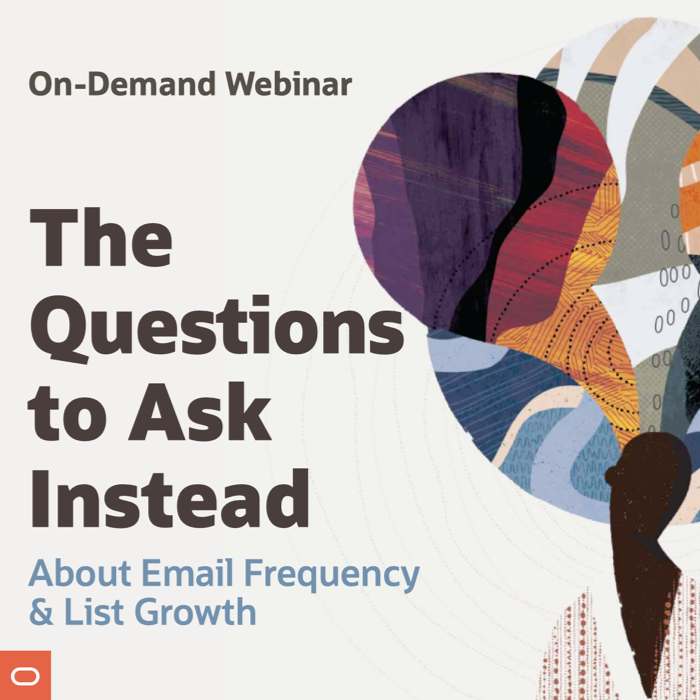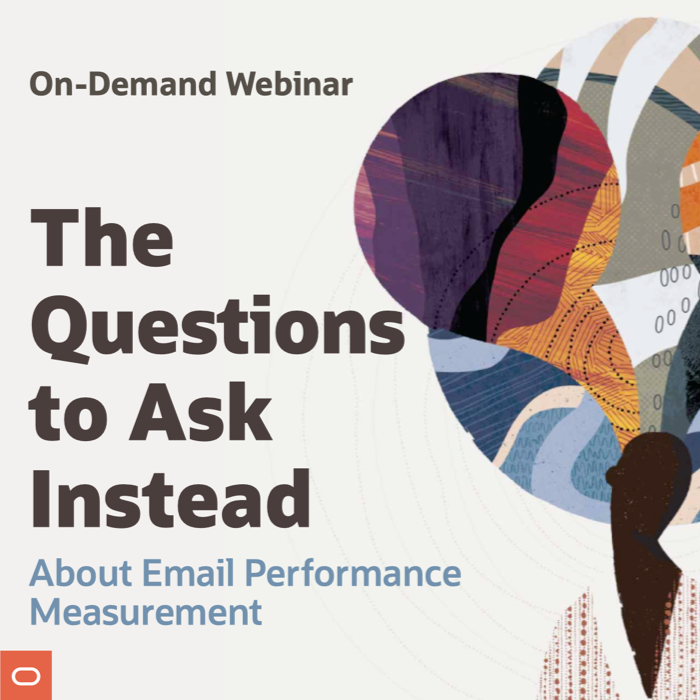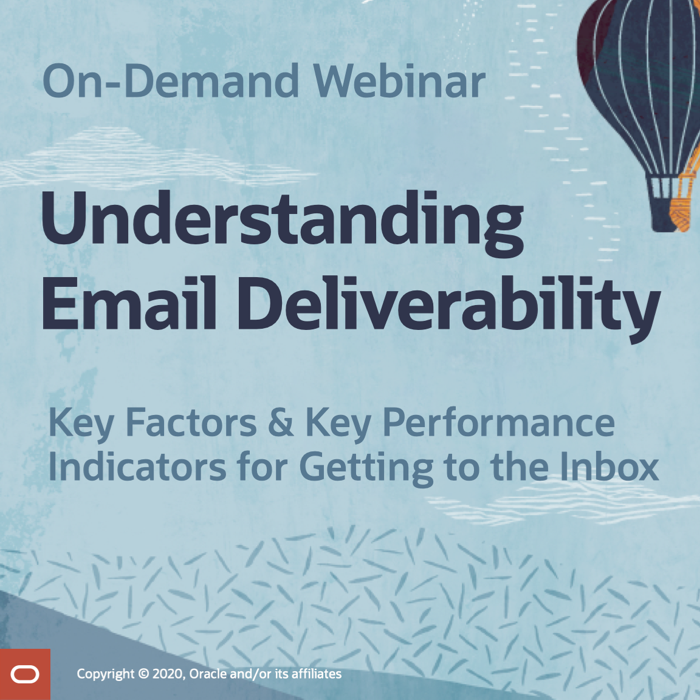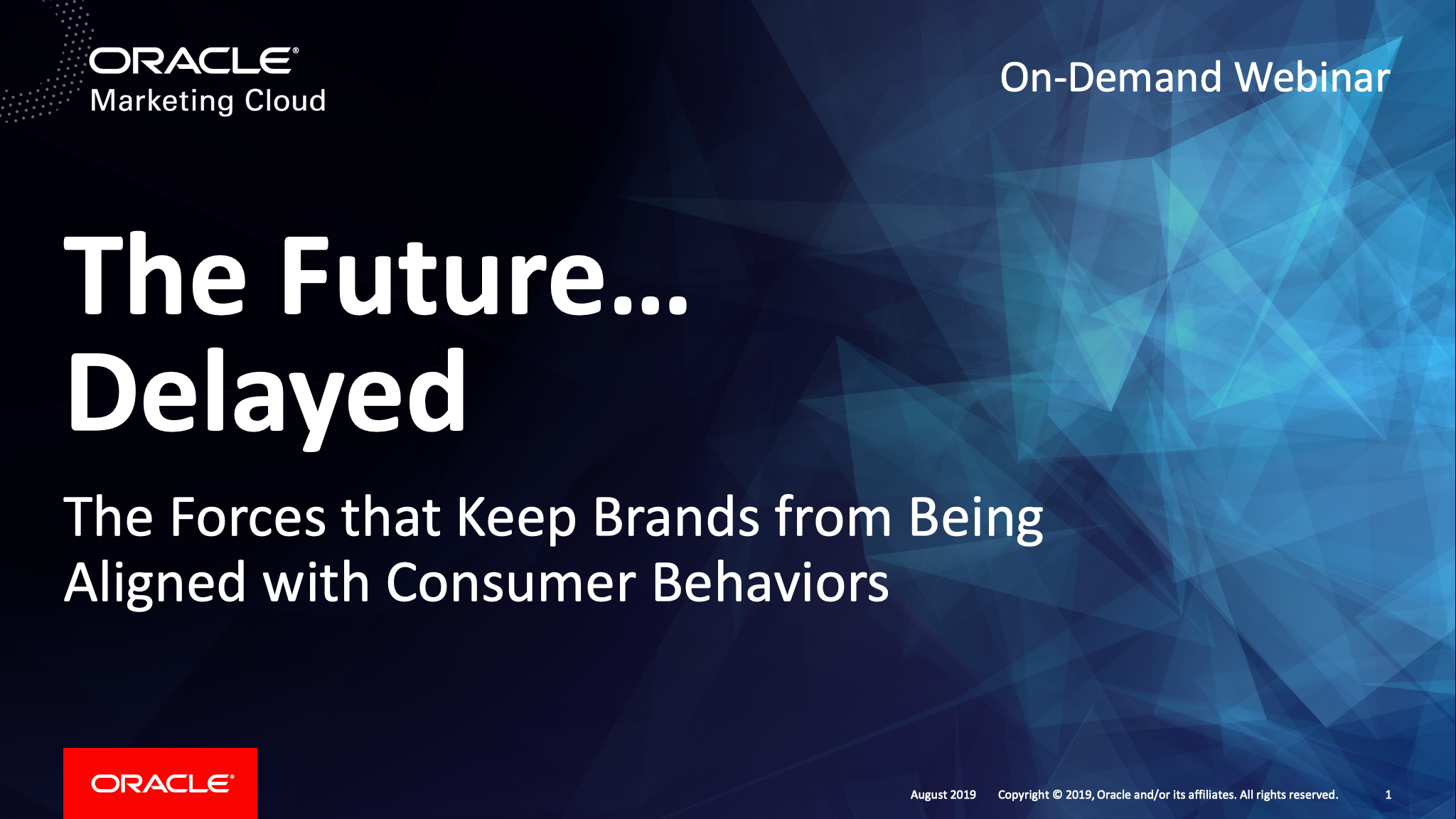Webinar Recording and Q&A: The Trends Transforming the Email Service Provider Landscape
Posted on October 1, 2018
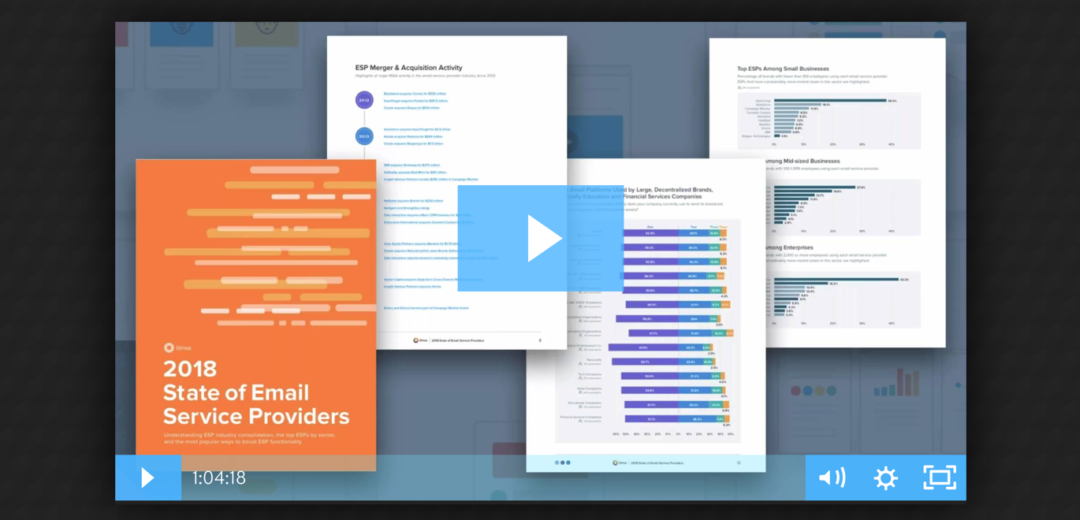
Email service providers are the technological foundation of the email industry—and the biggest line item in email marketing budgets. With so much on the line, it’s no surprise that frustrations with ESPs run high.
In this webinar, Community & Product Evangelist Jason Rodriguez and I share findings from our first-ever State of Email Service Providers report, along with insights from other research we’ve done. You’ll learn…
- What’s driving—and likely to keep driving—consolidation in the email service provider industry
- Which ESPs are the most popular among brands in different industries, geographies, and more
- What’s involved with switching ESPs
- How to get more out of your current ESP
>> Watch the recording, download the slides, and read the Q&A on the Litmus blog
Email Briefs: Why You Should Use Them and What to Include in Them
Posted on September 25, 2018

Every marketing email your brand sends should have a clear purpose and a sound strategy behind it. A powerful solution to ensure that this happens is to create an email brief for every email you create. An email brief should outline the email’s goals, audience, messaging, timing, key performance indicators, and other important details.
Creating email briefs during the conception stage of email creation ensures that all stakeholders agree on the purpose and plan for the email. Email briefs then act as a North Star for the email as it goes through the production process. Copywriters, designers, and developers can refer back to the email brief to ensure what they’re doing is appropriate and that there’s no scope creep. And then at the end of the process, the final email is checked against the brief to see if what was delivered was what was asked for.
Email briefs are essential for agencies, who need clear guidance on the scope of the emails they’re creating for their clients. However, email briefs are valuable for all email marketing programs, especially if your email program is high volume, has a large team, or works with many stakeholders.
The majority of brands use email briefs, according to Litmus’ 2018 State of Email Workflows report, which is based on our State of Email Survey of 3,000 marketing professionals worldwide. And the roughly 20% of brands who use email briefs consistently see huge benefits. Marketers who describe their email marketing programs as successful are 81% more likely than those at less successful programs to create an email brief for every email they produce (24% vs. 13%).
Here’s what you should include in your email briefs…
>> Read the full post on the Litmus blog
Report: How to Recover from Email Marketing Mistakes
Posted on September 21, 2018

Email marketing mistakes are not a matter of “if,” but “when.” Email is so complex, turn-around times so short, and frequencies so high that it’s impossible to avoid mistakes completely. The best you can hope for is to keep mistakes infrequent and small, and then to manage them quickly and recover with a degree of grace when they do happen.
In this report, we discuss a decision framework that will guide you to a response that’s appropriate for the error made, so you can minimize the impact of mistakes while also avoiding overreacting and potentially making the situation worse.
We walk you through each step of the framework and along the way share real-life stories of email marketing mishaps. Some of these stories received media attention; some are incidences we’ve noticed over the years; and others are from brave members of the Litmus Community who have come forward to share their scars and lessons learned.
We hope the insights and stories in this report help you learn from the mistakes of others and put better systems and checks in place at your company to minimize the frequency and scope of future email marketing mistakes.
>> Download this free report
The Rarest and Coolest Defensive Design Tactic: Email Pixel Art
Posted on September 20, 2018
Image blocking is common, with some email clients disabling images by default and some subscribers turning off images to save mobile data or for other reasons. Because of that, email marketers need to use defensive design techniques to ensure that their message is conveyed when images are disabled.
Defensive design consists of three key tactics:
- Using HTML or live text as much as feasibly possible, instead of embedding all of your text into your images
- Adding ALT text to your images—or better yet, styled ALT text
- Using background colors on table cells
Let’s focus on that last tactic. Adding a background color to a table cell creates banners, content blocks, and is essential to making bulletproof buttons.
That’s great, but background-colored table cells can do more—much more. In addition to being used along with HTML text to create email content that is unaffected by having images blocked, table cell background colors can be used as a fallback for images. You do this by creating a mosaic out of a series of nested tables with background colors applied to the table cells. You then slice up the image so that each slice fits perfectly into the table cells of your mosaic. That way, when the overlaying image is blocked and disappears, the underlying mosaic of colored table cells appears.
>> Read the full post on the Litmus blog
Webinar: ‘The Trends Transforming the Email Service Provider Landscape’ on Sept. 27
Posted on September 14, 2018
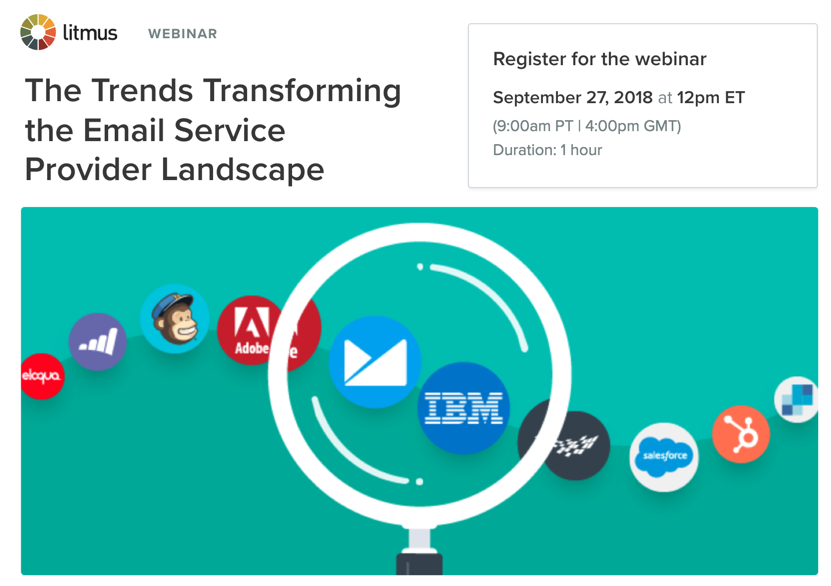
ESPs are the technological foundation of the email industry—and the biggest line item in email marketing budgets. With so much on the line, it’s no surprise that frustrations with ESPs run high.
Marketers told Litmus that limitations with their ESP was third on their list of biggest challenges for 2018. And 16% of brands said that changing ESPs was on their list of email marketing priorities for 2018. But how do you pick the right tool for you? And is switching ESPs even the right call?
Based on findings from Litmus’ first-ever State of Email Service Providers report and additional research, this webinar explores the data and trends that shape the ESP industry to help you understand…
- What’s driving—and likely to keep driving—consolidation in the ESP industry
- Which ESPs are the most popular among brands in different industries, geographies, and more
- What’s involved with switching ESPs
- How to get more out of your current ESP
The Trends Transforming the Email Service Provider Landscape
Sept. 27, 2018
12pm ET / 9:00am PT / 4:00pm GMT
Your Presenters:
Chad S. White, Research Director, Litmus
Jason Rodriguez, Community & Product Evangelist, Litmus
Can’t make it on Sept. 27? Don’t worry. Register and you’ll receive the recording of the webinar.
>> Register for the free webinar
Switching ESPs: What You Should Expect
Posted on September 13, 2018

More than 28% of brands dropped or switched email service providers during 2017, according to a Litmus poll. And more than 16% of brands told Litmus that changing ESPs was a top email marketing priority for 2018.
If you’re thinking of switching ESPs, first, be sure to create a solid ESP request for proposal (RFP). Second, go into the process fully understanding what’s involved.
To help you with that second part, Litmus reached out to email experts at Marketing Democracy, BrightWave Marketing, DEG, Trendline Interactive, emailvendorselection.com, Laughlin Constable, and Red Pill Email to get their advice.
>> Read the entire post on the Litmus blog
The Last Word on August 2018
Posted on September 12, 2018
 A roundup of email marketing articles, posts, and tweets you might have missed last month…
A roundup of email marketing articles, posts, and tweets you might have missed last month…
Must-read articles, posts & reports
Mossberg: The Disappearing Computer (Recode)
Email Workers Bogged Down With Operational Tasks: Study (MediaPost)
Give Your Email Team the Keys to the Marketing Database (Neverbounce)
The Importance of Email File Size (SparkPost)
2018 Cart Abandonment Inspiration: We have abandonment issues (Curated Email)
The 6 Pillars of Effective Email Acquisition (Trendline Interactive)
Insightful & entertaining tweets
To all you email designer / developers out there. I salute you. Your world is soooooo different.
— Dan (@danjdavies) August 28, 2018
I’ve had a nightmare over the past few months with non-payers, late payers and excuse makers. My experience prompted me to make: https://t.co/d1ql0rRlif – A curated list of articles, tools and templates to try to help UK freelancers. #freelance #freelancers
— Paul Maloney (@p_maloney) August 7, 2018
To all sales reps ever: Emails do not “get lost in my inbox.” I just don’t read yours.
— Matt Byrd (@mparkerbyrd) August 16, 2018
“We value you as a customer and would love to hear your feedback.” -noreply@mostcompanies.com
— Greg Galant (@gregory) August 22, 2018
The job of a #marketinganalytics dashboard isn’t to answer all your questions. It’s to help you ask better, deeper questions – @MattHertig #emflconf
— Krissy Head (@krissmatiss) August 24, 2018
Sure, sex is great but have you ever taken new email template designs and spent 5 hours with graph paper breaking them down to their individual elements? #emailgeeks #EmailMarketing @litmusapp #ThursdayMorning
— Libby Pauly (@lpdesignsvt) August 30, 2018
Noteworthy subject lines
ASPCA, 8/3 – Wildfire Update: 300+ Animals Assisted
Tiny Prints, 8/19 – Here’s a sneak peek at our 2018 Holiday Collection
The North Face, 8/19 – Labor Day Starts Now
Nike, 8/3 – Back-to-school essentials
FansEdge, 8/4 – Four Weeks Till College Kickoff…Got The Feels?
Hayneedle, 8/8 – Game on: Up to 35% off homegating gear starts now …
Morton’s, 8/3 – Dine with us during Boston Restaurant Week!
Olive Garden, 8/9 – You get together. We’ll handle the rest.
REI, 8/9 – Spend a Relaxing Night in the Woods with Us
Jetsetter, 8/12 — #UpAllNight: Cities That Never Sleep
Victoria’s Secret, 8/8 – Because AC.
Pier 1 Imports, 8/18 – Hey summer, don’t let our pumpkins hit you on the way out.
REI, 8/19 – REI & Brooks are Giving Back to Scenic Trails
The North Face, 8/2 – Recycled tees that give back…
Ann Taylor, 8/12 – LAST CHANCE: $10 Off A Rotating Wardrobe
ModCloth, 8/19 – Exponential outfit options right this way.
Staples, 8/19 — $10 off is like lunch money in your pocket.
Sony, 8/4 – Meet Your New Assistant | Sony Smart TV with Google Assistant
White House Black Market, 8/26 – Start The Week Off With Confidence
Banana Republic, 8/28 – Working overtime (the clothes, not you).
Horchow, 8/26 – What’s new: Hooker Furniture
Barneys New York, 8/18 – The Top Jewelry Trend for Fall
J.Jill, 8/30 – The Fall Five—essential styles you need now.
Williams Sonoma, 8/12 – 10 Things You Didn’t Know Your KitchenAid Could Do
Jetsetter, 8/19 – Live the “Crazy Rich Asians” Lifestyle at These 7 Real-Life Film Locations
Clinique, 8/30 – Play now for a Superheroes Makeup Kit.
New posts on EmailMarketingRules.com
ESP RFPs: Improving Your Vendor Selection Process
Email Brand Guidelines: Why You Need Them and What to Put in Them
The Most Inspiring Email Marketing Programs: 30+ Must-Subscribe Brands
The Good News and the Bad News about Email Marketing’s ROI
Really Good Emails Podcast: Email Benchmarks
EEC: The Email Marketing Industry Needs to Think of Itself in Broader Terms
Hard Learned Lessons from Giving 100+ Talks and Webinars
KoMarketing: Email Content Planning is Critical Step for Campaigns
Leadership Brief: Why a Lack of Email Marketing Mistakes Is a Red Flag
Posted on September 5, 2018
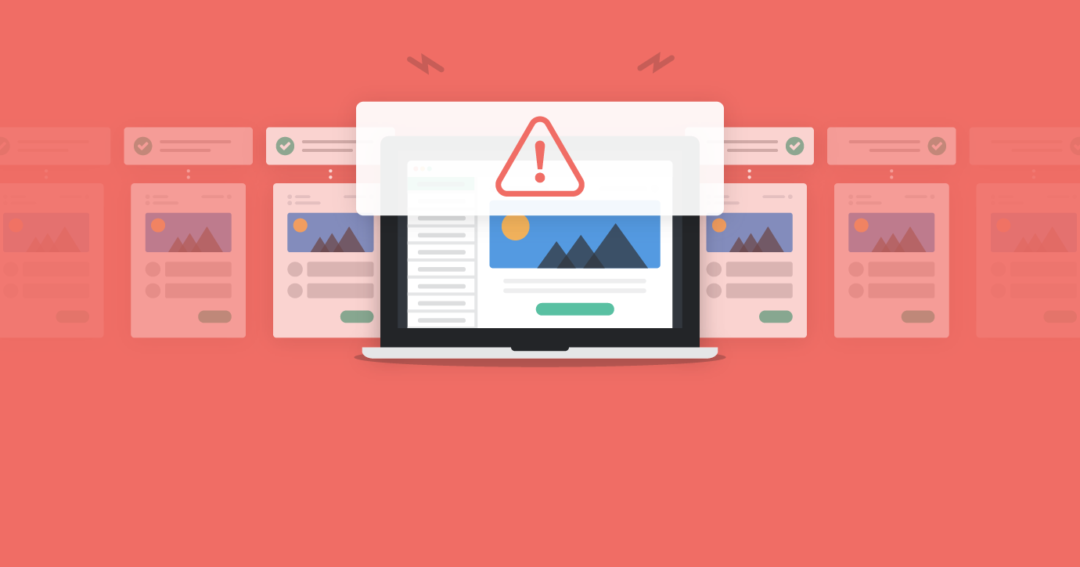
As a culture, we’ve been trained to instinctively see every mistake and every failure as bad. But smart marketers know the truth: Only frequent mistakes and only big failures are bad.
Infrequent and small errors are opportunities to learn and improve, and are pretty much inevitable—particularly, if you’re doing anything innovative. This is especially true in the world of email marketing, where frequency is high, turnaround times are short, resourcing is lean, and complexity is growing with no end in sight.
However, despite the outsized opportunity for email marketing mistakes, more than 50% of brands haven’t sent an apology email for an email error in the past 12 months, according to Litmus’ 2018 State of Email Survey.
Our research shows that if you’re in that group, there’s a decent chance that you should be concerned rather than proud. Yes, email marketing mistakes aren’t great, but not making any could be a sign of much bigger structural problems within your email marketing program and within your company.
In this 5-page Leadership Brief, you will learn…
- How the strength of an email program’s quality assurance process affects the likelihood of making an apology-worthy mistake
- How company culture can impact the remediation of email marketing errors and the customer experience
- About the relationship between email program innovation and email mistakes
>> Download the free Leadership Brief
ESP RFPs: Improving Your Vendor Selection Process
Posted on August 29, 2018

Nearly 5% of brands are very dissatisfied with their email service provider, and another 23% are dissatisfied, according to a Litmus poll. Many of those brands might consider switching ESPs in the months ahead.
However, before any brand switches ESPs, they will likely write a request for proposal. A RFP is a list of questions you send to prospective vendors, whose answers you then compare to one another to differentiate their offerings and find the best fit for your brand’s needs.
But which ESP candidates should you include? How should ESP RFPs go in terms of process? What should you include in your RFP?
To answer those questions and more, Litmus reached out to email experts at Marketing Democracy, BrightWave Marketing, DEG, Trendline Interactive, emailvendorselection.com, Laughlin Constable, and Red Pill Email.
>> Read the full post on the Litmus blog
Email Brand Guidelines: Why You Need Them and What to Put in Them
Posted on August 24, 2018

Brand style guides tend to meticulously detail permissible fonts, header sizes, image style, logo sizes and placements, and on and on. However, despite the clearly unique considerations of the email channel, many companies don’t have any email-specific guidance in their brand guidelines.
Nearly 38% of brands don’t have email brand guidelines, according to Litmus’ 2018 State of Email Survey, which is based on a survey of 3,000 marketers worldwide.
Thankfully, more brands are seeing the need to add email-specific content to their style guides, with 18% more brands creating email brand guidelines since 2016. That’s with good reason.
Having email brand guidelines makes designing emails easier and faster, particularly in organizations with distributed email programs or that use email agencies or freelancers. Marketers who describe their email programs as successful are 27% more likely that those at less successful programs to have brand guidelines for email (68% vs. 53%).
For all the details on what to include in your email brand guidelines…
 Email Marketing Rules
Email Marketing Rules


